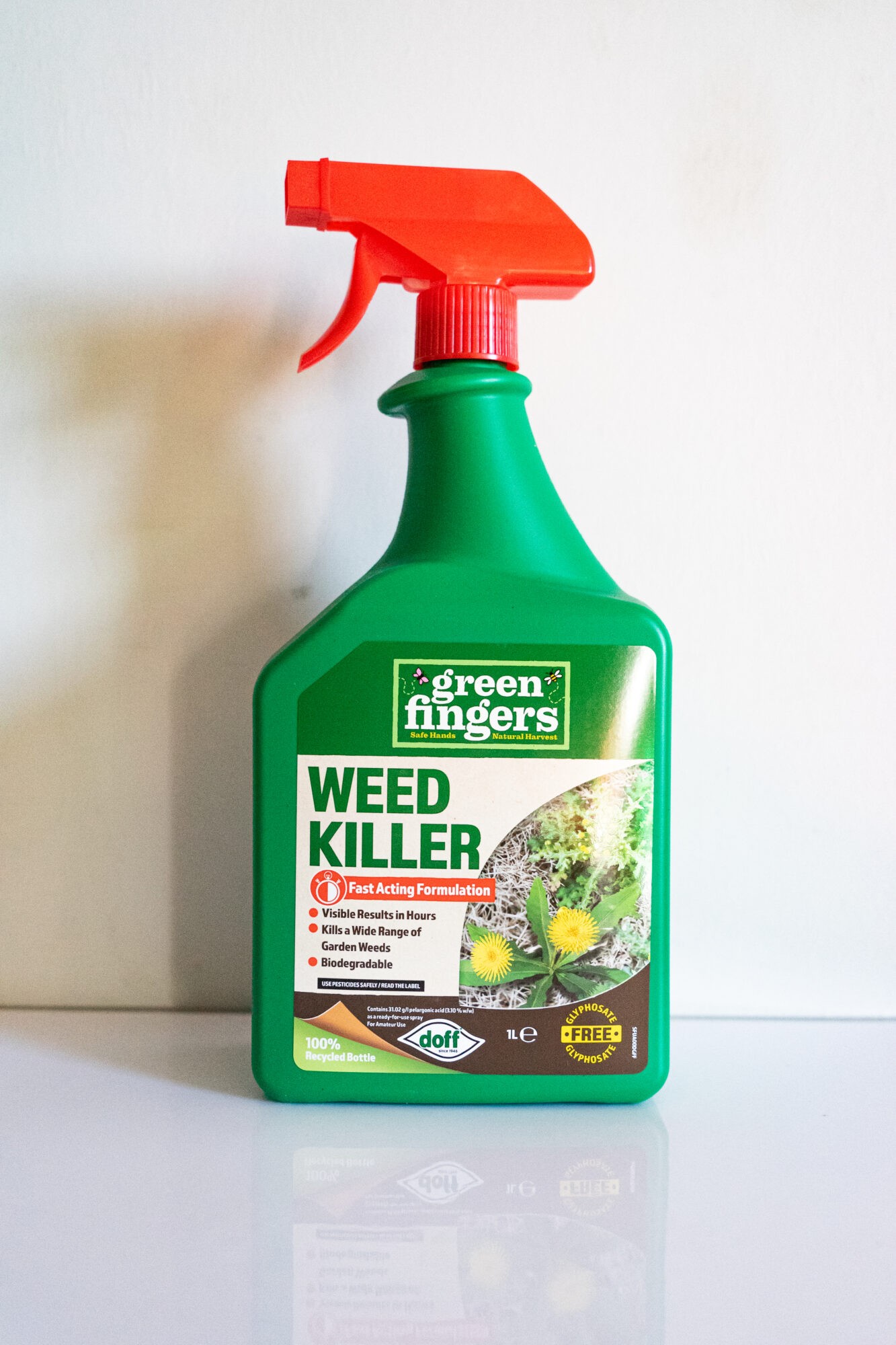The Silent Spring Revisited: Understanding Modern plant Killer Sprays
The verdant allure of a meticulously manicured lawn or a weed-free garden is a powerful draw. Yet, this idyllic vision often relies on a ubiquitous tool: plant killer sprays. These chemical concoctions, designed to eradicate unwanted vegetation, have become a staple in both domestic and commercial landscapes. However, their widespread use raises critical questions about their environmental impact, human health implications, and the long-term sustainability of our land management practices.
This article delves into the complex world of plant killer sprays, exploring their various types, mechanisms of action, potential risks, and the growing movement towards more eco-friendly alternatives.
The Spectrum of Plant Killers: A Chemical Arsenal

Plant killer sprays, also known as herbicides, are broadly classified based on their mode of action and selectivity. Understanding these distinctions is crucial for comprehending their effects.
Selective vs. Non-Selective Herbicides
Selective herbicides target specific plant species, leaving others unharmed. This precision is often achieved through targeting biochemical pathways unique to the unwanted plants. For example, broadleaf herbicides target dicotyledonous weeds while sparing monocotyledonous grasses.
Systemic vs. Contact Herbicides
Systemic herbicides are absorbed by the plant and translocated throughout its tissues, reaching the roots and ensuring complete eradication. This mechanism is particularly effective against perennial weeds with extensive root systems.
Common Herbicide Types and Their Mechanisms
Glyphosate: A widely used non-selective systemic herbicide, glyphosate disrupts the shikimic acid pathway, a metabolic process essential for plant growth. Its popularity stems from its broad-spectrum efficacy and relatively low cost.

The Environmental Footprint: Unintended Consequences
While plant killer sprays offer undeniable convenience, their environmental impact cannot be ignored.
Water Contamination
Herbicides can leach into groundwater and surface water, contaminating drinking water sources and harming aquatic ecosystems. Runoff from treated areas can carry herbicides into streams, rivers, and lakes, posing risks to fish, amphibians, and other aquatic organisms.
Soil Degradation
Some herbicides can disrupt soil microbial communities, which are essential for nutrient cycling and soil health. This can lead to decreased soil fertility and increased susceptibility to erosion.
Impacts on Non-Target Organisms
Herbicides can harm beneficial insects, such as pollinators, which play a crucial role in plant reproduction. This can have cascading effects on plant biodiversity and ecosystem stability.
Herbicide Resistance
Human Health Concerns: A Growing Body of Evidence
The potential health risks associated with herbicide exposure have been a subject of ongoing debate and research.
Acute Toxicity
Chronic Toxicity
Long-term exposure to low levels of herbicides has been linked to various chronic health problems, including cancer, reproductive disorders, and neurological damage.
Vulnerable Populations
Sustainable Alternatives: Embracing Eco-Friendly Practices
The growing awareness of the risks associated with conventional herbicides has spurred a search for more sustainable alternatives.
Integrated Pest Management (IPM)
IPM emphasizes a holistic approach to weed control, combining cultural practices, biological control, and targeted herbicide applications.
Organic Herbicides
Organic herbicides, derived from natural sources, offer a less toxic alternative to synthetic herbicides. Examples include vinegar, citric acid, and clove oil.
Mechanical Weed Control
Mechanical methods, such as mowing, tilling, and hand-weeding, offer a chemical-free approach to weed control.
Cover Cropping
Precision Agriculture
The Future of Weed Management: A Call for Responsible Practices
The future of weed management lies in embracing a more sustainable and responsible approach. This requires a shift away from reliance on broad-spectrum herbicides towards integrated and eco-friendly practices.
Education and Awareness
Regulation and Policy
Research and Innovation
Personal Responsibility
The use of plant killer sprays presents a complex dilemma. While they offer a quick and convenient solution to weed problems, their environmental and health risks cannot be ignored. By embracing sustainable alternatives and adopting responsible practices, we can create a healthier and more balanced ecosystem for future generations.
